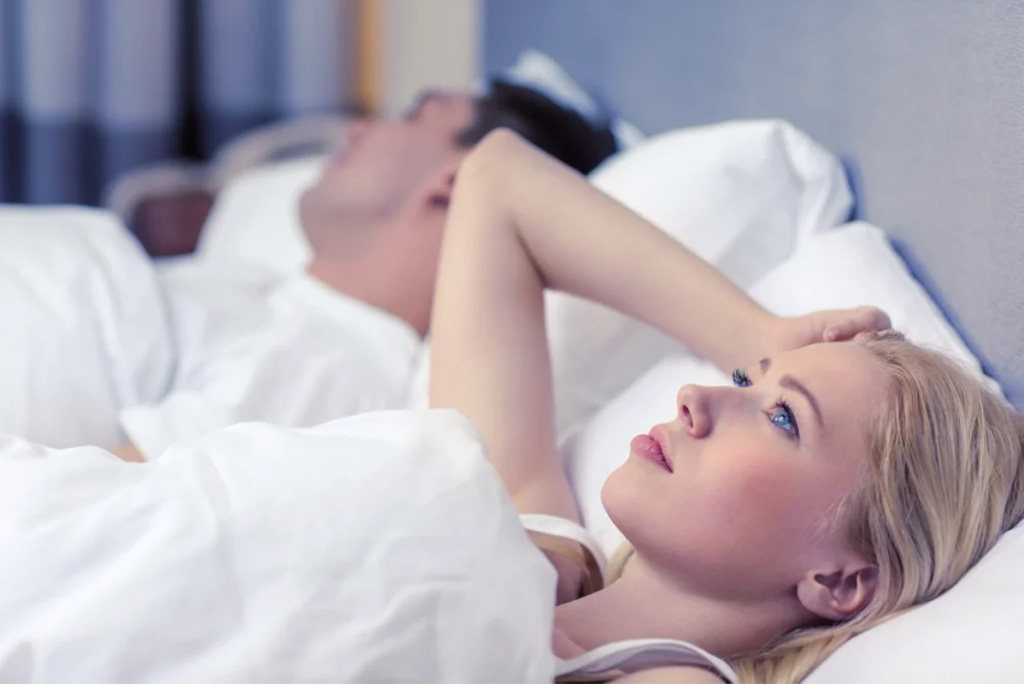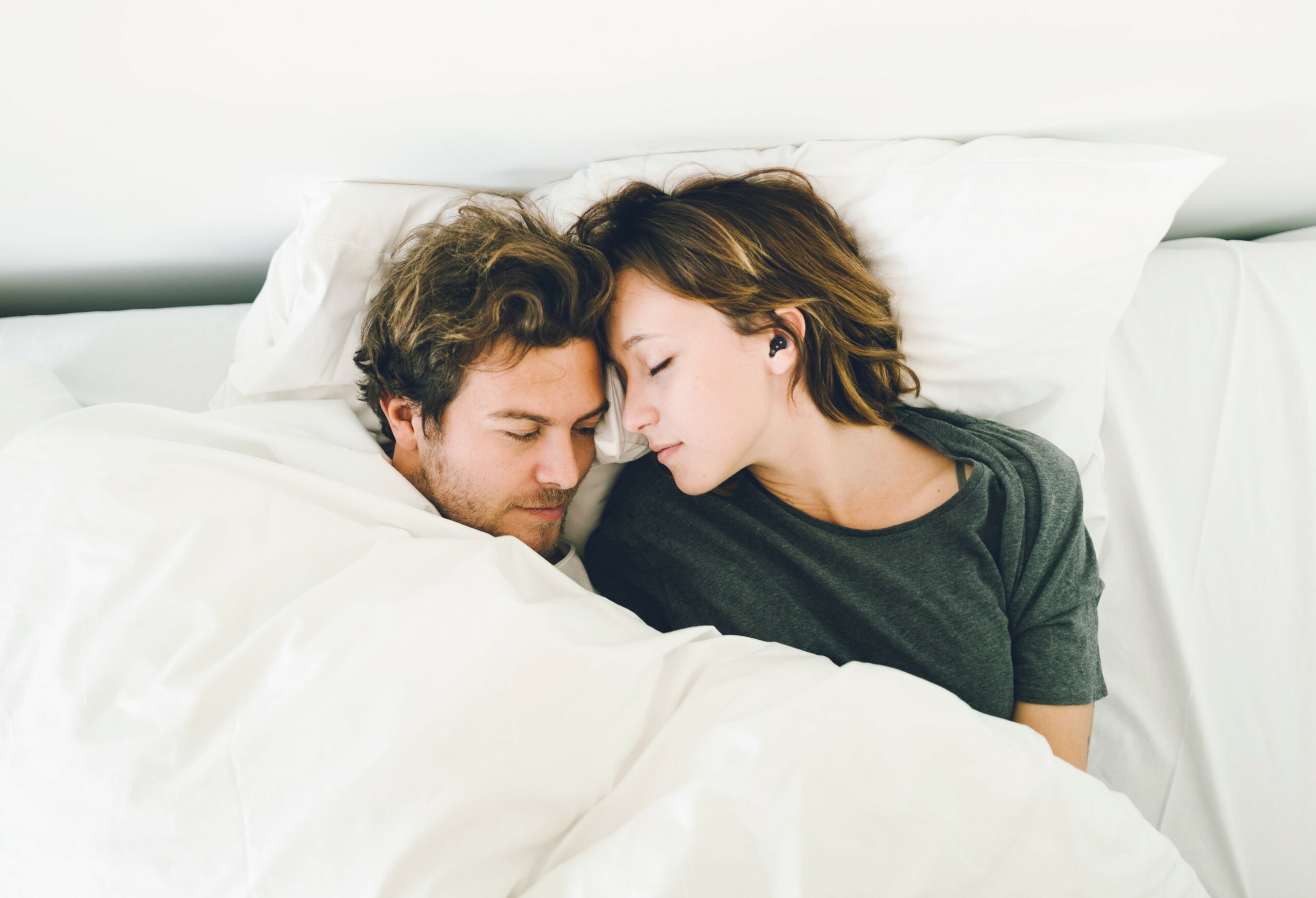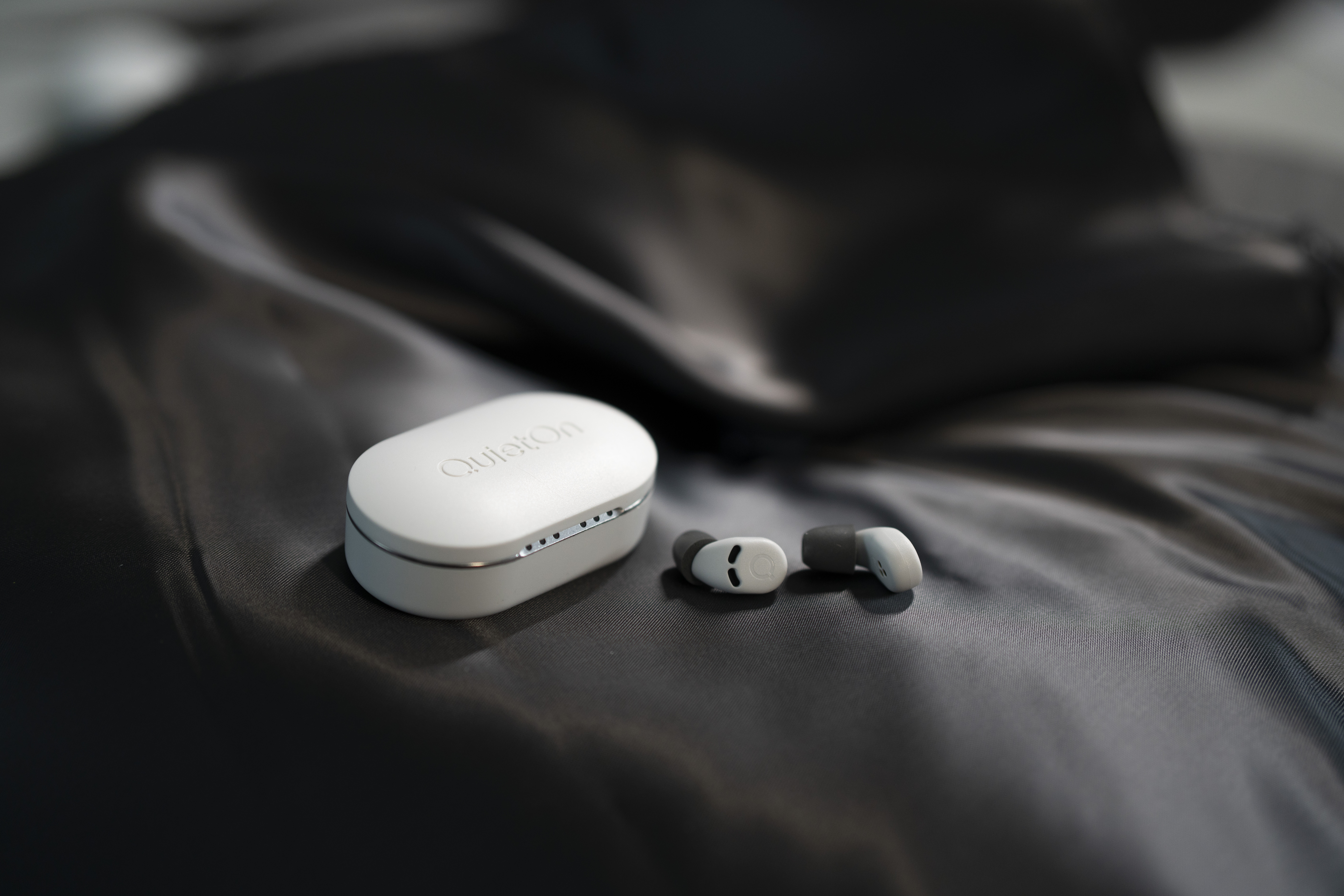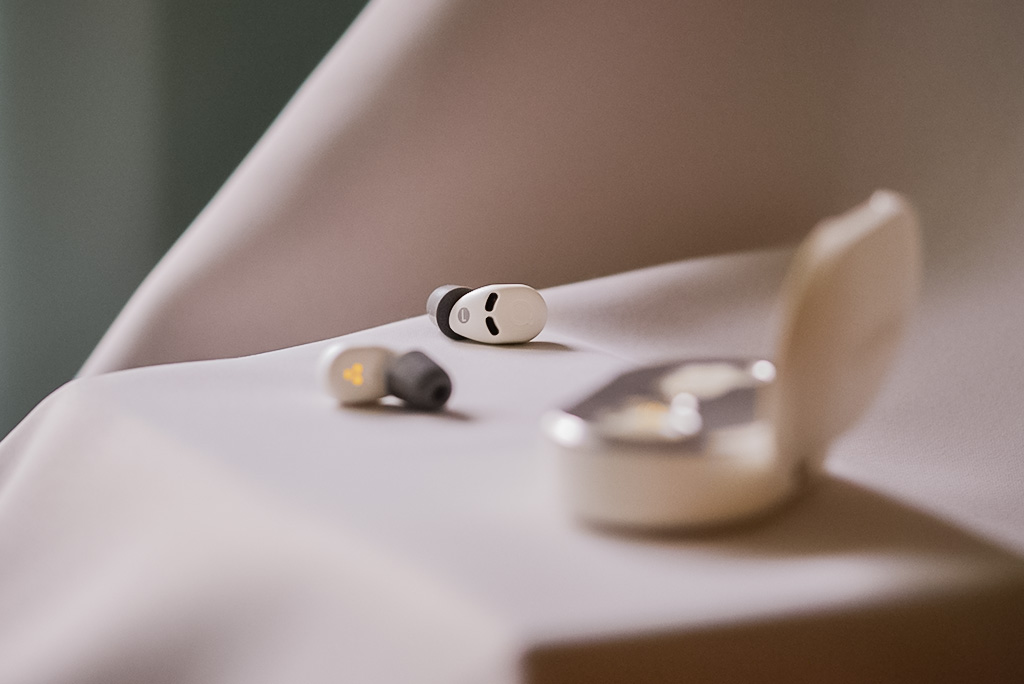Your cart is currently empty!
Is Additional Sound Bad for Sleep Quality? – Why Sleeping in Silence Is Better for You.
With the rise of modern technology, many inventions and studies have affected the way that we sleep. Among these inventions lies a controversial topic; using noise to combat noise. Many have began using different sound frequencies, such as white noise, nature sounds, guided meditations and podcasts to create a peaceful sleep environment. Yet the question…
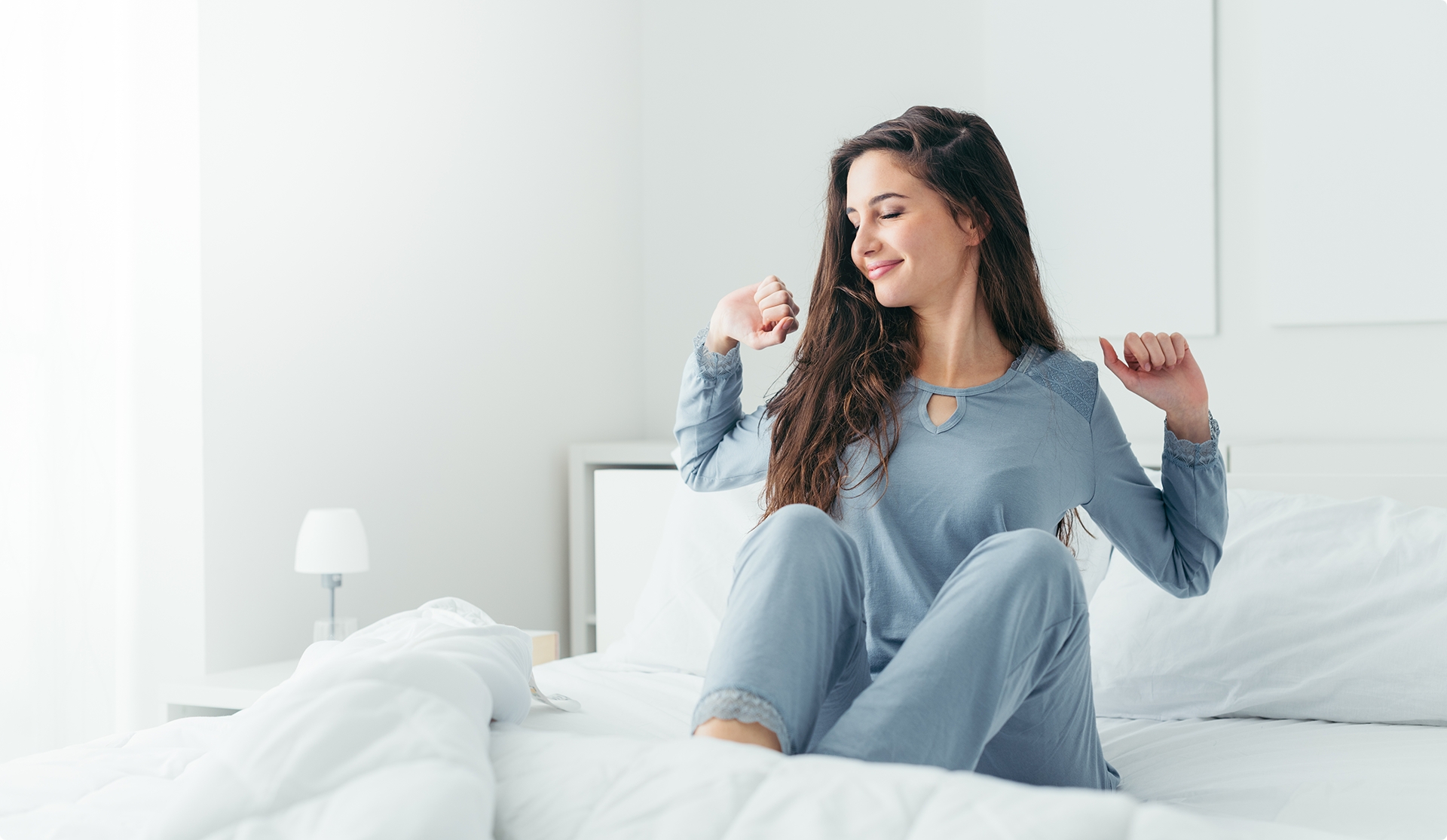
Benefits of silence
Before we examine the different sounds and their effects on sleep quality, it is essential to recognize the benefits of silence.
Eliminating disturbances through a silent sleeping environment improves sleep quality. It supports the body’s natural sleep-wake cycle, promoting deeper, more restful sleep and healthier sleep patterns. Excessive noise can trigger stress responses, but by minimizing noise disturbances, quality sleep is facilitated, leading to improved mood and overall outlook on life.
Sleeping in a silent environment provides better concentration and cognitive function, enhancing memory retention and overall performance. Auditory rest and recovery are also essential for long-term auditory health, and silence helps protect against hearing damage.
Additional noise – the benefits and drawbacks
While it has been argued that introducing additional noise into a sleep routine can offer some benefits such as masking disruptive sounds, promoting relaxation, establishing a sleep schedule, and enhancing privacy, it’s crucial to recognize the potential drawbacks associated with it.
For one, you may develop dependency to the noise, making it challenging to sleep without it and potentially disrupting sleep when absent. While additional noise can mask other disruptive sounds, it may introduce new disturbances or aggravate existing ones, particularly if the volume or type of noise is not conducive to sleep.
Certain types of noise might interfere with sleep stages, leading to less restorative sleep overall. Over time, you may become used to the sound, thus diminishing its effectiveness as a sleep aid and potentially facilitating the use of louder or more stimulating noises to achieve the same effect.
Individuals have varying sensitivities to sound frequencies and preferences for sleep-inducing sounds. Keep in mind that if you are sharing your sleep space, differing noise preferences may lead to disagreements, emphasizing the importance of open communication. Excessive background noise can also mask critical alarms and lead to hearing damage, highlighting the importance of managing noise levels.
Thus, while additional noise can initially seem beneficial, it’s essential to approach its usage with caution, considering its potential negative impacts on sleep quality and dependency.
Most common types of noise introduced to a sleep environment
White, brown and pink noise
White noise is a noise that contains all frequencies across the spectrum of audible sound in equal measure. Pink noise emphasizes lower pitches than white noise, and brown noise produces a rumbling sound that’s deeper with a bass-like tone than pink or white noise
These frequencies of sound can mask other disruptive sounds, which may promote relaxation and aid in falling asleep. However, some individuals may find white noise monotonous or irritating, which could hinder their ability to fall asleep or stay asleep.
Nature Sounds
Natural sounds, such as ocean waves, rainfall, or rustling leaves, often fall within specific frequency ranges. These sounds may evoke positive associations with nature and the outdoors, helping individuals disconnect from the stresses of daily life and facilitating sleep onset.
Nature sounds may contain sudden or unpredictable elements, such as bird calls or rustling leaves, which could disrupt sleep if they occur at the wrong moment. Poor-quality recordings or playback devices may distort nature sounds, making them less effective or even unpleasant for promoting sleep.
TV and podcasts
Listening to familiar TV shows or podcasts can aid relaxation and distract from worries, facilitating sleep transition. Unlike unpredictable noises, they offer consistent background, fostering familiarity and comfort for sleep. However, exposure to blue light from screens suppresses melatonin production, disrupting sleep-wake cycles. Engaging content may overstimulate the brain, hindering relaxation and sleep onset, particularly if emotionally intense or mentally stimulating.
Meditation and ASMR
ASMR induces tingling sensations in the scalp and neck, promoting comfort conducive to sleep. It offers positive stimuli, distracting from negative thoughts, with a variety of content catering to personal preferences. However, some may find certain triggers overly stimulating, hindering sleep.
Guided meditation includes relaxation techniques like deep breathing, aiding stress reduction and sleep. It fosters mindfulness, easing worries, and enhancing overall well-being. Yet, maintaining focus during sessions can be challenging, potentially affecting effectiveness. Varying session lengths may disrupt sleep, and not all may find meditation techniques effective due to individual differences.
In summary, the topic of using additional noise to improve sleep quality is highly debated in the scientific community. Meanwhile, the importance and benefits of silence have received extensive supporting evidence through science.
Keep in mind that it is important to seek the root cause of your sleep issues before you introduce possible solutions to the problem. Take into account that the short terms effects of sleeping in a noisy environment include irritability, grogginess and worse mental health. In the long term, it could cause effects such as high pressure and heart disease.
Overall, a quiet sleeping environment fosters a conducive atmosphere for restorative sleep, which is essential for physical health, mental clarity, and emotional balance. Taking steps to minimize noise disturbances can significantly improve sleep quality and overall well-being.
If you wish to achieve a better, more soothing sleeping environment, the QuietOn 3.1 may be the perfect solution for you. With award winning active noise cancellation technology and a design created with the ultimate comfort in mind, you can be sure to get the best sleep of your life.
Read more about the QuietOn 3.1 on our website:
Sources
Cox, Janelle. “7 Benefits of Silence.” Psych Central, 29 Apr. 2022, psychcentral.com/blog/the-hidden-benefits-of-silence#boosts-creativity.
Ebben, Matthew R., et al. “The Effects of White Noise on Sleep and Duration in Individuals Living in a High Noise Environment in New York City.” Sleep Medicine, vol. 83, Apr. 2021, https://doi.org/10.1016/j.sleep.2021.03.031.
Garone, Sarah. “8 Ways Silence Can Give Your Health a Boost.” Healthline, 24 Sept. 2021, www.healthline.com/health/mind-body/physical-and-mental-health-benefits-of-silence.
Geddes, Linda. “White Noise as Sleep Aid May Do More Harm than Good, Say Scientists.” The Guardian, 18 Oct. 2020, www.theguardian.com/lifeandstyle/2020/oct/18/white-noise-as-sleep-aid-may-do-more-harm-than-good-say-scientists.
MARKHAM, HEID. “Why Not Everyone Should Sleep with a White Noise Machine.” Time, 4 June 2019, time.com/5600225/do-white-noise-machines-work/.
Summer, Jay, and Anis Rehman. “White Noise: How How to Use It for Better Sleep.” Sleep Foundation, 29 Oct. 2018, www.sleepfoundation.org/noise-and-sleep/white-noise.


